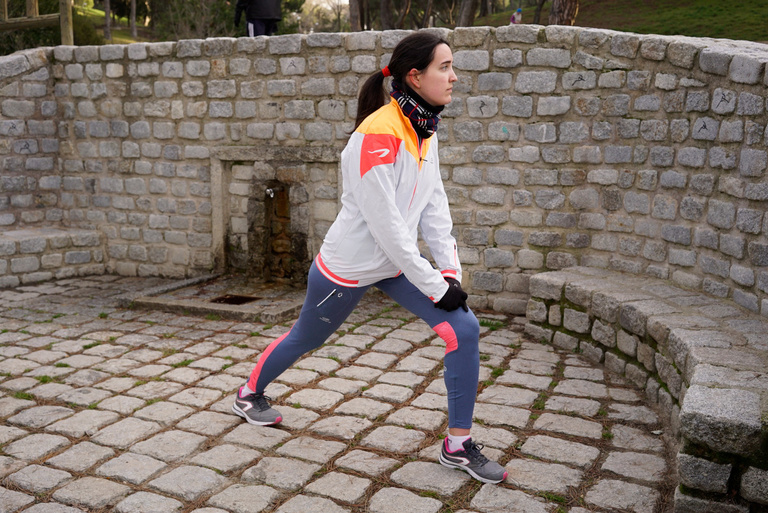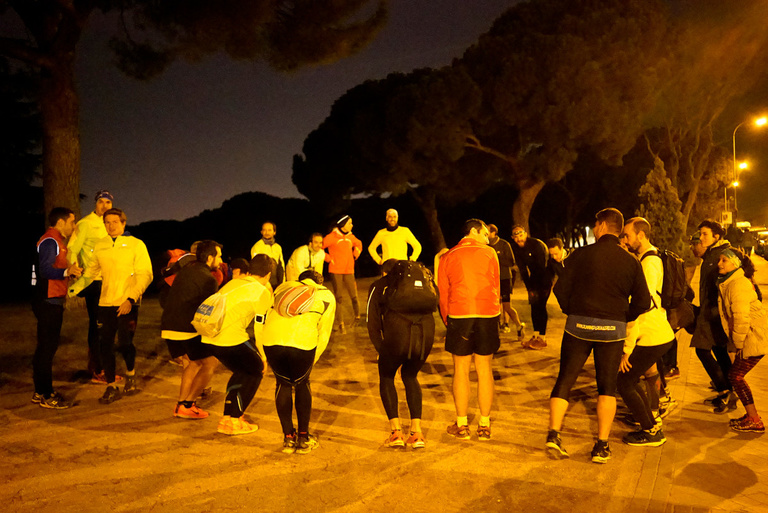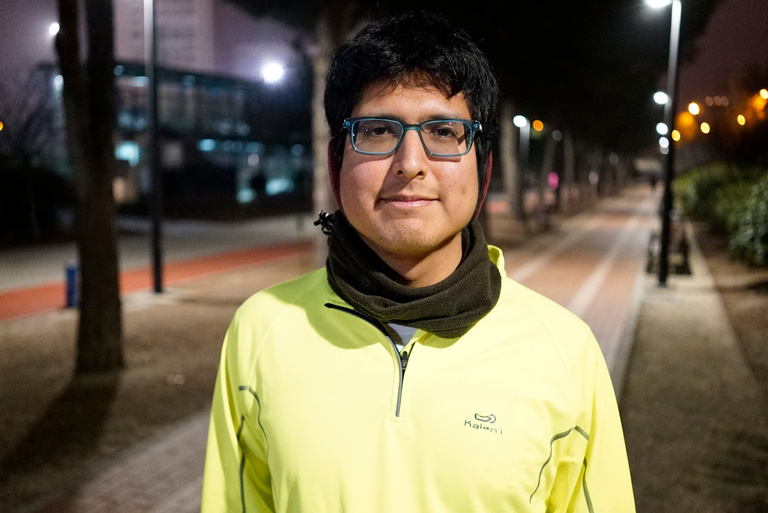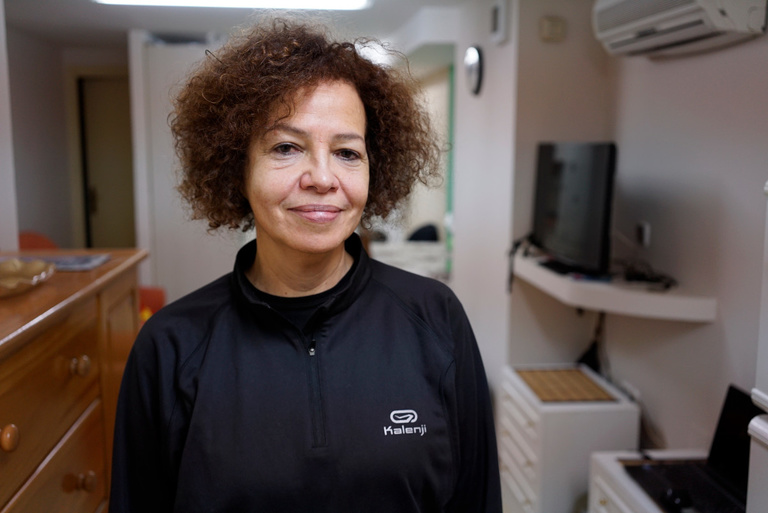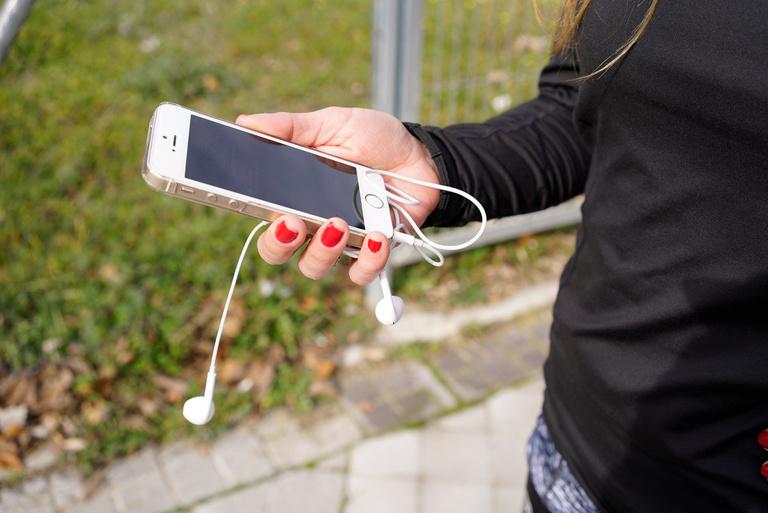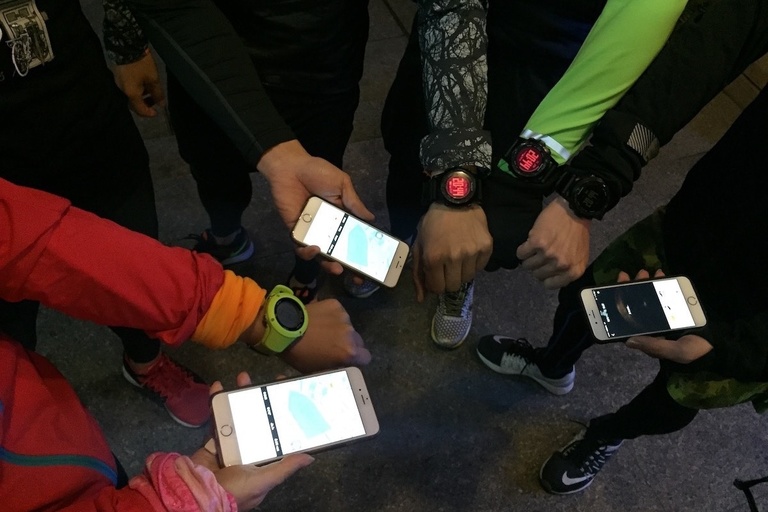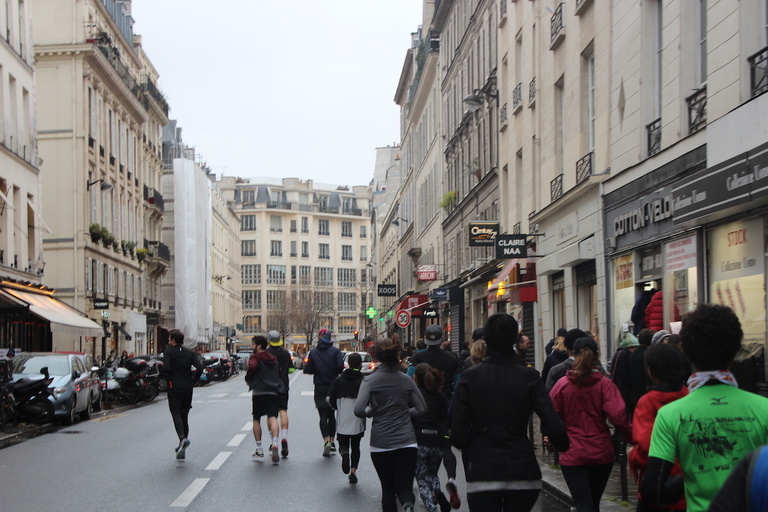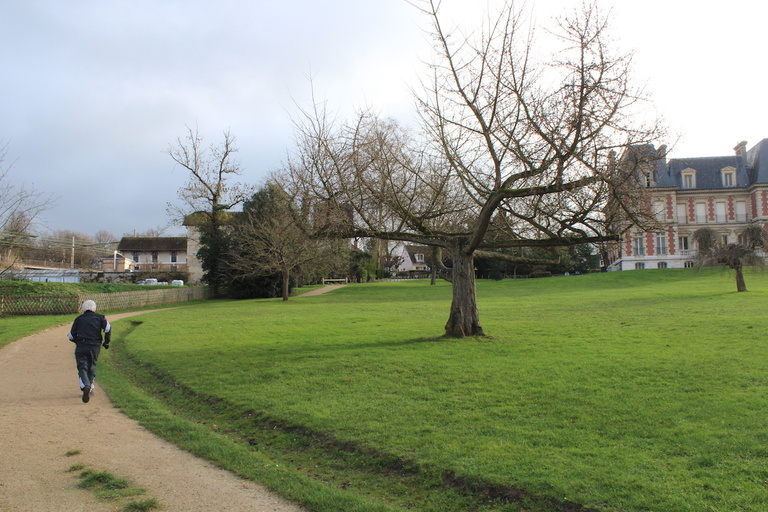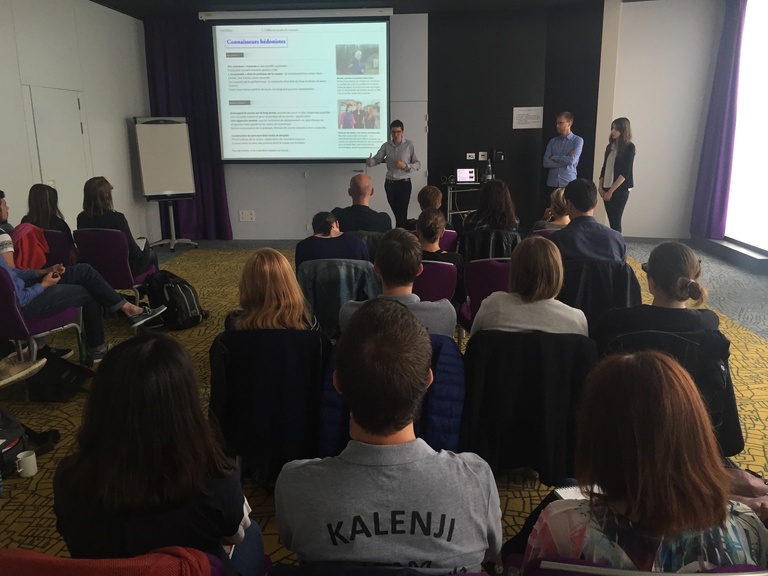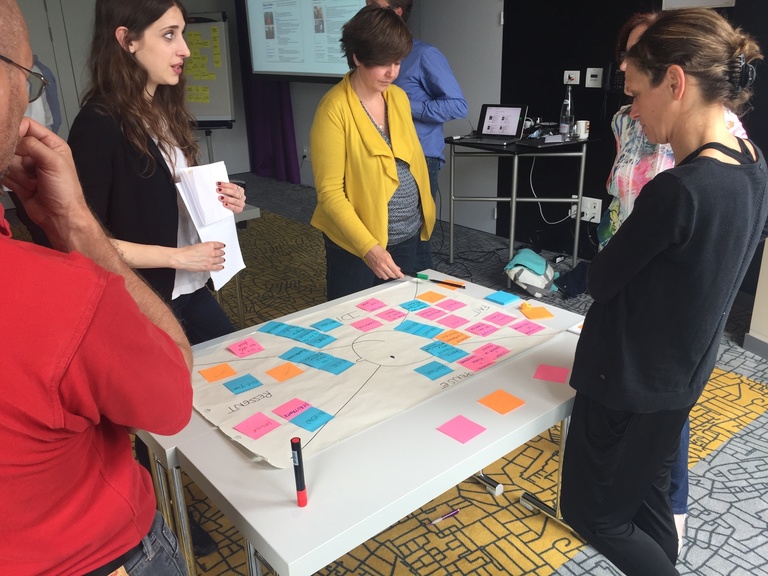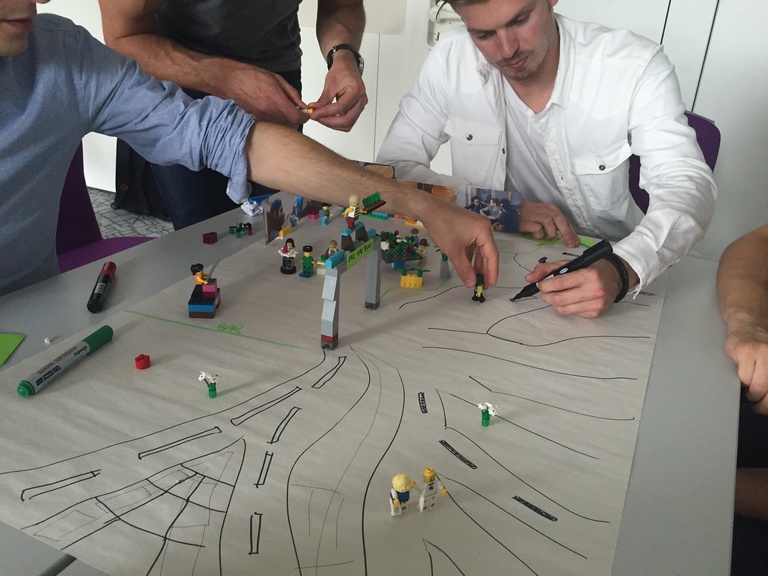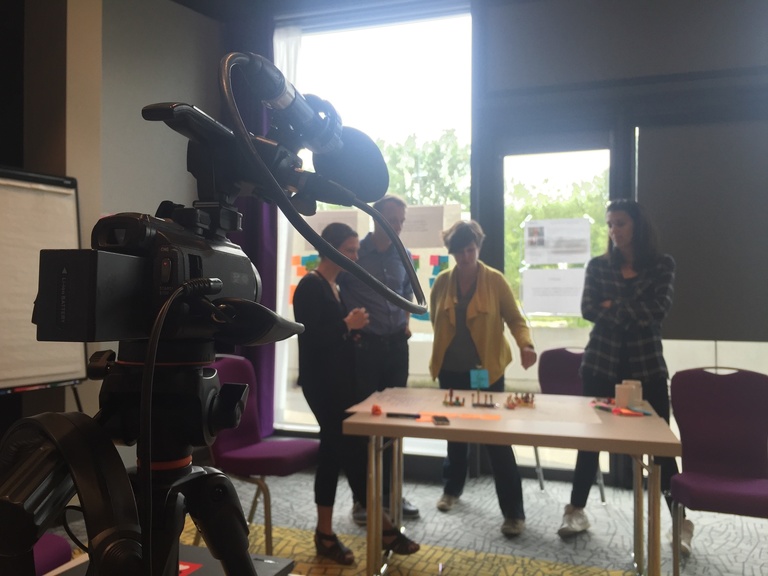Recreational running
Developing a strategy based on real-life practices
Ethnography
Design
Branding
Sport
You can run to feel good, restore balance, push yourself or simply let off steam. There's also a lot of talk about the benefits of running nowadays. In a matter of years, it has swept across the planet and grown from a fad into a social phenomenon. Décathlon asked Méthos to shed light on these shifts and build a global development strategy, including China, the fattest growing market.
Running today has little (if anything) to do with the competitive sport it once was. As it has become mainstream, it is now within reach and anyone can do it, on any terrain, whatever their level. Running, in other words, isn’t necessarily about performance: not everyone starts running because they dream of racing a marathon or even consistently improving their race time. That’s what recreational running is all about. Méthos took a closer look to understand the rationale and values at work beneath the surface: why do people run? Why do they run alone, with friends or in a group? What are they looking for? What do they feel?
“I love running in a group: people who sweat together stick together.”
Runner in a non-professional club, Paris.
Brand positioning
Décathlon’s teams had picked up the weak signals and wanted to stay ahead of the curve in Europe and China, where running is developing in synch with the country’s middle class. Our job was to work with the marketing, design and communication teams building and positioning a new range of sports goods for recreational runners. Their goal, before starting to design products or even consider marketing strategies, was to understand what makes runners tick.
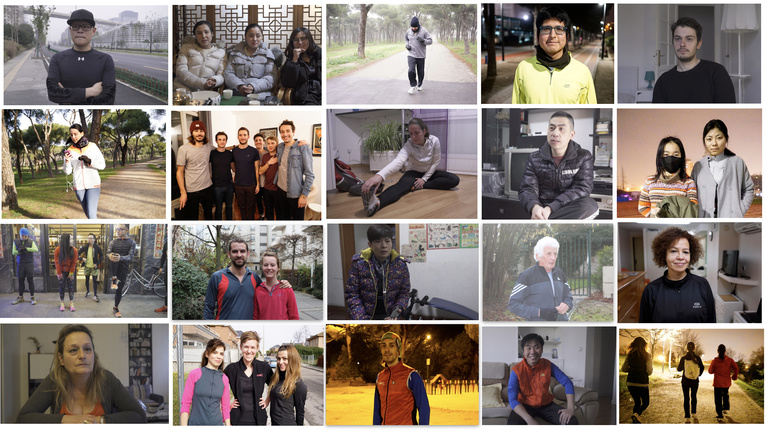
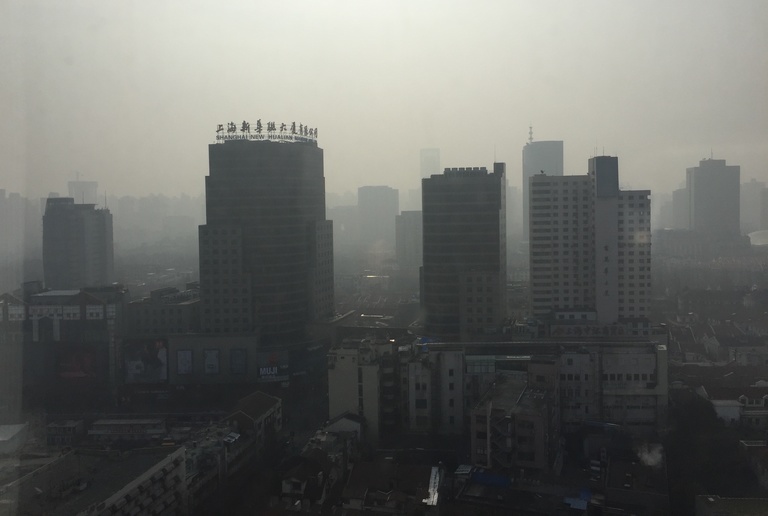
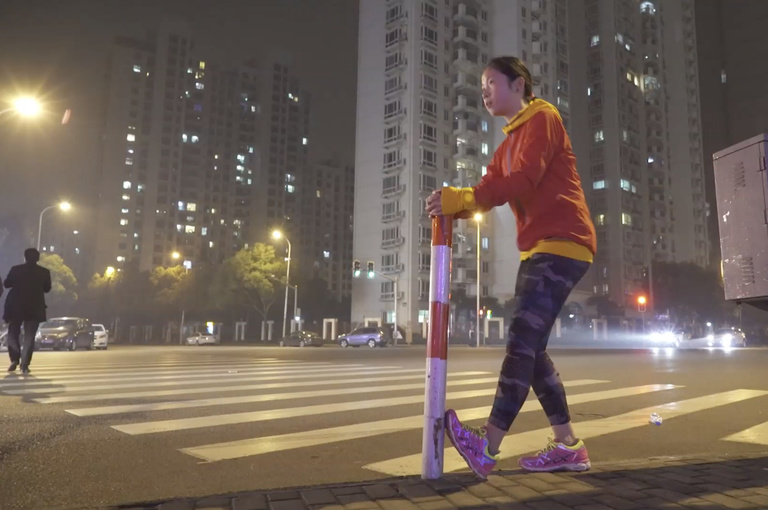
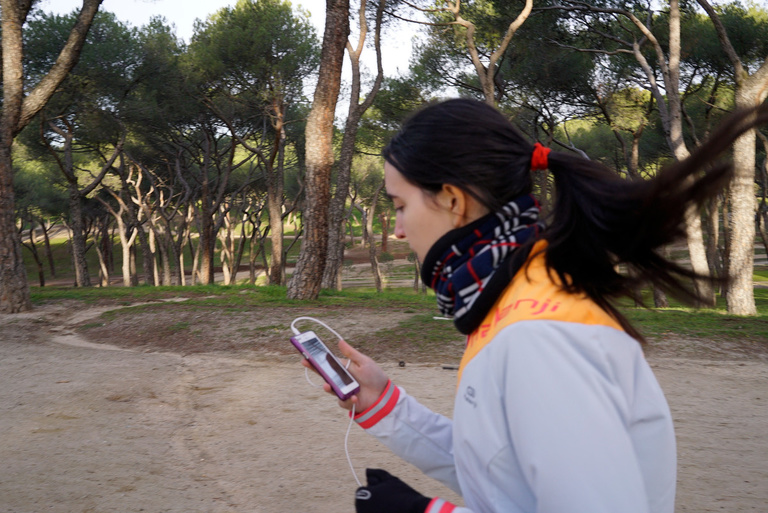
An ethno- graphy of running
Méthos researchers ran a lot. In France, Spain and China, with occasional runners and more regular ones, during lunch breaks or in the evening, with solo runners and others who prefer running with friends, coworkers, groups or amateur clubs. an ethnographic body of work, which gave Décathlon’s designer teams – who were welcome to come along for the fieldwork – the opportunity to fully immerse themselves in the world of recreational runners.
Design & development
The various runner profiles we identified in the ethnography helped the teams agree on the brand values and enabled them to lay the foundation to start building the distinctive values, product design and services of the brand. After the legwork, we held a series of workshops using design tools (empathy maps, Lego Serious Play, role-playing) to align the whole team behind the project – and to make sure that the subsequent rollout was successful
The photos and films from Méthos give the kind of granular customer insights that no slides presentation could ever convey.
Designer Kalenji at Décathlon
"Méthos provides genuine value when it comes to developing a new strategy and rallying the teams around it.”
Aline Gable, Kalenji Business Unit Leader
Méthos has worked on several studies to help develop Décathlon brands, such as Artengo (tennis), Btwin (cycling), Kipsta (football) – in parternship with managers who know the importance of a deep understanding of the changes at work in the sport universe.
Read more
• "La transposition de l’épopée sportive dans un point de vente : le cas de la boutique running." Academic paper in French by Jean Baptiste Welté, Senior Partner at Méthos.
